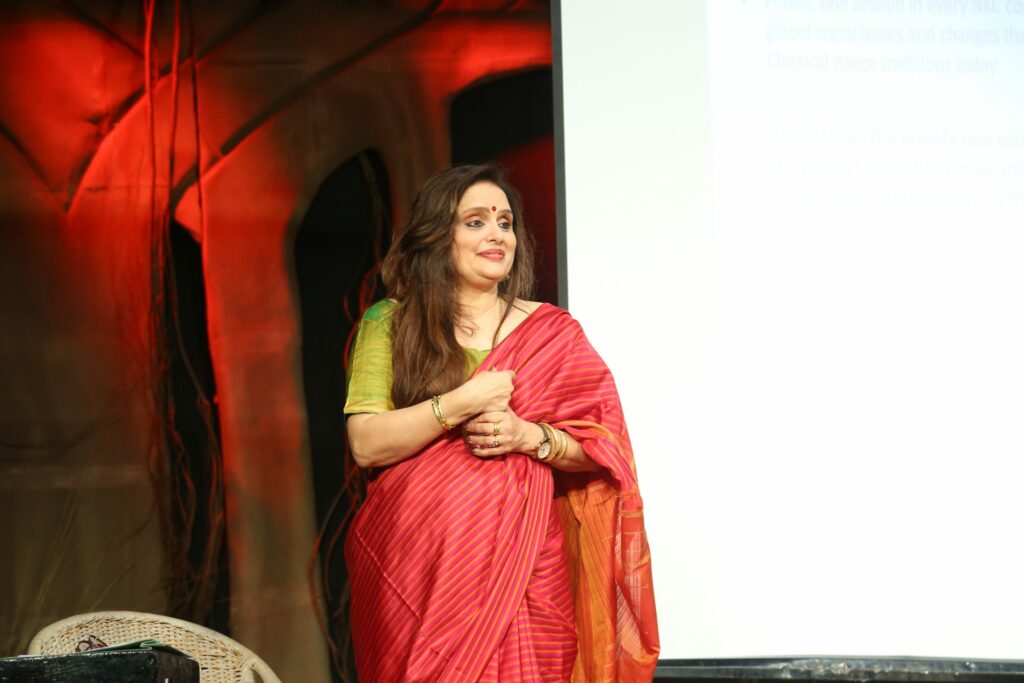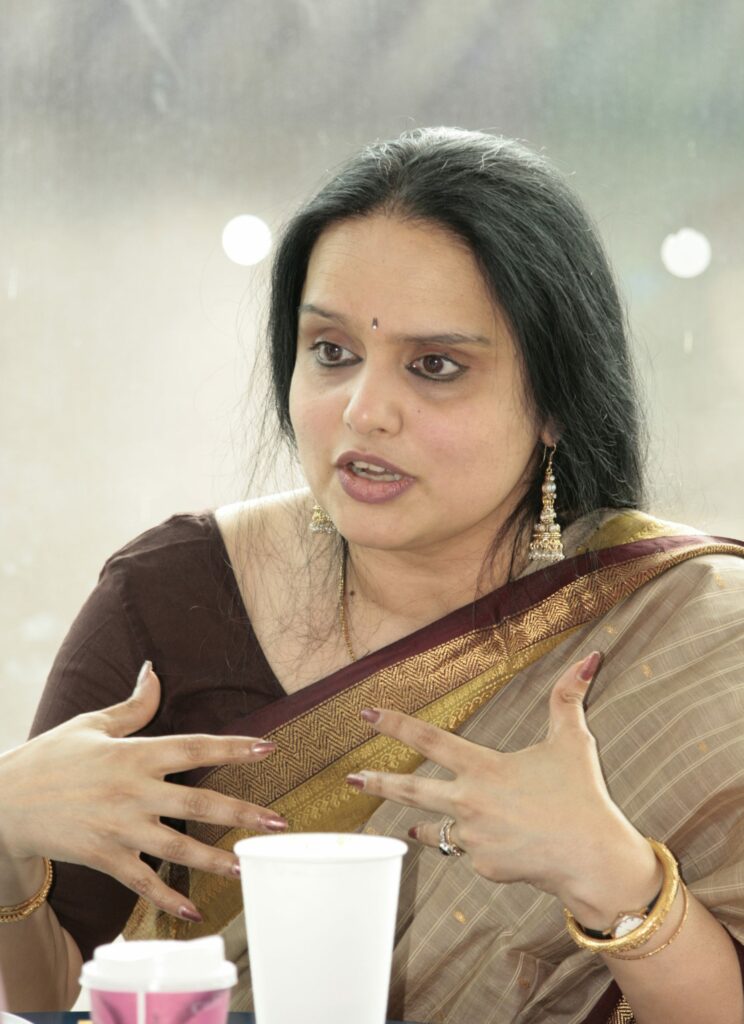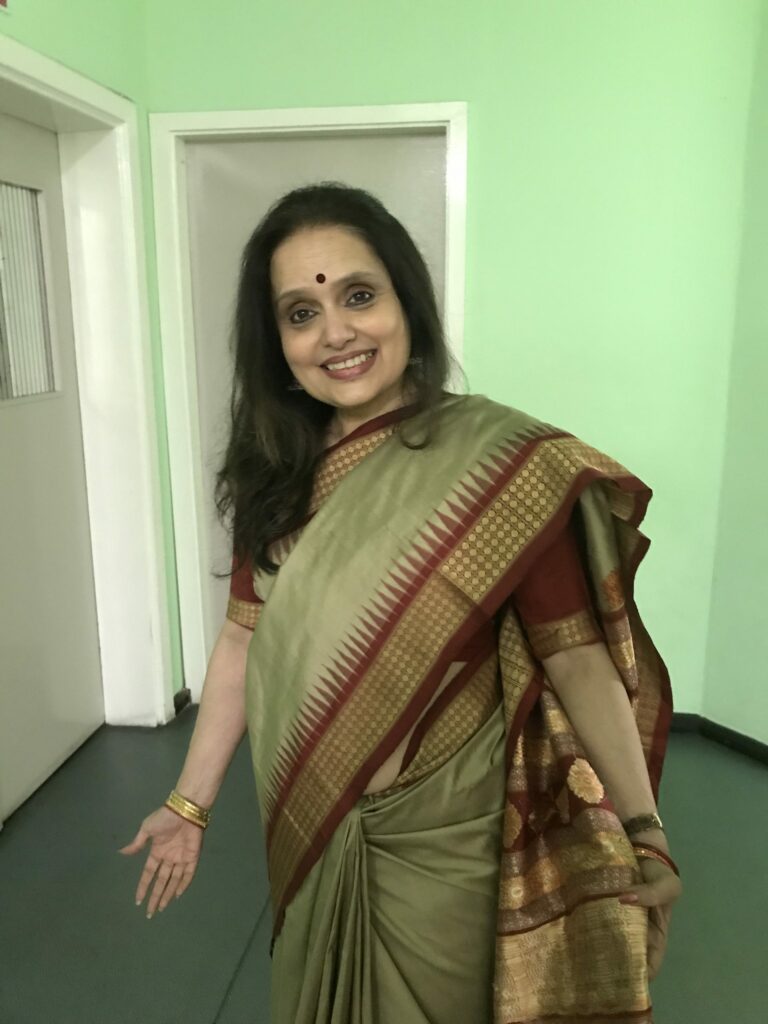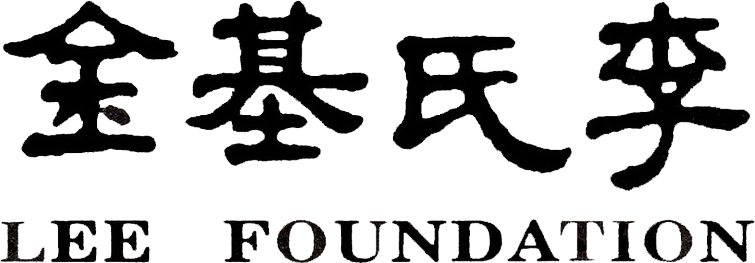A Roots Perspective
As part of the Natya Kala Conference NKC 2022, Dr Avanthi Meduri, spoke about the Bharatanatyam trees of T Balasaraswati and Rukmini Devi. Here’s an excerpt of her talk on these roots/routes
In 2019, Rama Vaidyanathan rang me and asked if I would like to speak about the transnational legacies of Balasaraswati and Rukmini Devi. Rama explained that the younger generation know very little about these legendary pioneers and a lecture focussed on these women pioneers would be useful to them. She also requested that I speak in my role as an ‘academic’ and bring international discussions about Indian classical dance into the NKC forum with a view to generate inclusive debate and discussion.
Since I had been given a brief, I followed through and spoke – at the Natya Kala Conference 2022 in December – as an academic who has researched the modern, colonial, national, diasporic, and global history of Bharatnatyam in the three countries of India US and UK, where I have lived and worked in the last two decades.
The legendary T Balasaraswati and Rukmini Devi, were born into what is known as the greatest generation, which is the Western demographic term for a cohort of people born between 1900-1924. In the 1930s and 1950s, the two dance pioneers constituted a roots-based cultural history and aesthetic pedagogy for 20th century Bharatanatyam that was grounded in Indian tradition, and spirituality.



They gave this as a historical gift to five generations of dance students who learned Bharatantayam in the Silent Generation also known as Traditionalist Generation (1928-1945), the Baby Boomers Generation (1946-1964), Generation X (1960-1970s) the Millennial Generation (1981-1996) and Generation Z (1996-2022). Constituted self -consciously within the ideological worldview of Indian cultural nationalism in the 1930s, the roots approach manifests itself as a foundational paradigm for the classical arts of India and has been used creatively by five generations of dancers, dance teachers, and scholars in India and abroad. It is this transhistorical paradigm that was renewed in Natya Kala Conference’s (an annual dance conference of the Krishna Gana Sabha) 40th anniversary celebrations in radically innovative ways over five days in the last week of December.
A roots perspective is evolutionary in orientation and traces cultural continuities between historical pasts and contemporary presents. The approach looks backwards to cultural pasts, ancient traditions, literature, rituals and aesthetic texts to describe and analyse contemporary Bharatanatyam. Cultural ancestry, lineage, tradition, heritage, authenticity and cultural continuities are hallmark features of the roots-perspective.
Bala developed her roots-based approach as an insider to devadasi traditions and focused on tradition, spirituality and the hereditary musical traditions of her family. Rukmini Devi developed her roots-perspective as a Brahmin outsider to devadasi dance traditions. Unlike Bala, Rukmini Devi did not inherit the dance tradition, but she laboured to possess the tradition by learning Bharatanatyam traditionally with doyens Meenaskshi Sundaram Pillai and Gowri Amma and also by associating Bharatanatyam with the galaxy of hereditary nattuvanars and music gurus that she gathered in Kalakshetra.
Together and individually, both Bala and Rukmini Devi created two Bharatanatyam banyan trees which came to be known as the Balasaraswati and Kalakshetra styles of Bharatanatyam. Unsurprisingly, the dancers downplayed the stylistic differences in their modern recreations and maintained that their dance styles were continuous with and like the traditional Tanjore style represented by doyens Meenakshi Sundaram and Kandappa Pillai respectively. By not focusing on their own innovations, both Bala and Rukmini Devi articulated two very different roots- based history and aesthetic pedagogies for 20th century Bharatanatyam.
In this paper, I integrated the roots’ paradigm, with travel routes and the travelling history of Bharatanatyam. I showed how the branches from the Bharatanatyam banyan trees that Bala and Rukmini Devi nurtured within the institutional context of MMA and Kalakshetra extended out of the remit of the institutions, entangled with branches from other Bharatanatyam trees founded in India and abroad in the period from the 1930s down to the present. The spreading branches, forged through travelling student communities, created a global, social structure and system for the widespread dispersal of Bharatnatyam both within India and the world at large.
It is not surprising that, it is only after the demise of the dance pioneers in the 1980s that scholars working in India, US and UK were able to articulate a modern, revisionary socio-cultural history for twentieth century Bharatanatyam. Interestingly, this revisionary history was articulated by focusing on the transnational legacies of Bala and Rukmini Devi.
In this lecture, I described how this global modern dance history was articulated around Bala, Rukmini Devi and devadasi women in the 1980s and 1990s and discussed the new challenges and opportunities opened up by this new field of dance studies in India and the world at large. I believe that we need to engage seriously with this transnational history, which is inscribed in a thirty-year history, because it is part of the living, practicing history of twentieth and 21st century Bharatanatyam. Millennial generation dance students need to know this modern, global dance history if they wish to pursue Indian dance studies either in India, US, Canada, UK, Australia or the world at large.
In conclusion, some questions…
Is Bharatanatyam an appropriated tradition? When did this appropriation occur, in the 1920s, 1930s, 1940s, 1950s, 1980s, or 1990s? Is Bharatanatyam a Sanskritized Brahmin tradition today? Have the Tamil roots of Bharatanatyam been invisibilized by the foregrounding of the Natyasastra historiography? What is the provenance of caste in the 20th and 21st century revival? Can caste be isolated as a single-issue or must it be seen dialogically in relation to class and gender? Should the cultural policy for Bharatanatyam and Indian classical dance be updated to reflect the changing aspirations of new generations of classical dancers wishing to make dance a profession and career both in India and abroad?
I put forward these questions in the NKC platform in the hope that new generation dancers, dance teachers, academics, and scholars will engage these by taking seriously the social history of the twentieth century dance revival and contemporary global issues determining the global production of Bharatanatyam today.
In this lecture, I proposed roots/routes as new ways to think about the transnational legacies of Bala and Rukmini Devi and also the globalization of the living traditions of Bharatanatyam within India and beyond. Unlike trees which grow organically and vertically, the branches from Bala and Rukmini Devi’s Banyan trees, grow laterally, develop from the cells in the branches and are nurtured through entanglement with branches from diverse Bharatanatyam trees.
Globalization philosophers describe this kind of reproduction which cannot be traced to an origin or root as representing a new rhizomatic mode of cultural reproduction that is without beginning and without end. They provide the internet and the World Wide Web as examples for this kind of mechanical reproduction.
You can take down a single branch from the Bharatanatyam entangled branches, but the reproduction will continue because new branches will replace old ones and continue the proliferating, entanglement process. Skype and zoom dance classes, conducted with the help of digital technology, are already making this world real for us. This new kind of reproduction is not focused on roots but the dispersal and dissemination of Bharatanatyam on a global scale.
Finally, I want to make a recommendation to the NKC board. I urge committee members to consider focusing at least one session in the annual NKC festival on contemporary social issues impacting the production of Bharatanatyam within India and beyond. A workshop session like this can be beneficial to contemporary dancers, dance teachers, dance academics and scholars as it can forge new global dance dialogues, articulate new career pathways in dance for dancer and dance teachers and enable both to lobby for changes in cultural policy, inclusively.
The writer is a scholar/ dancer/ actress/ playwright/ curator and arts administrator









